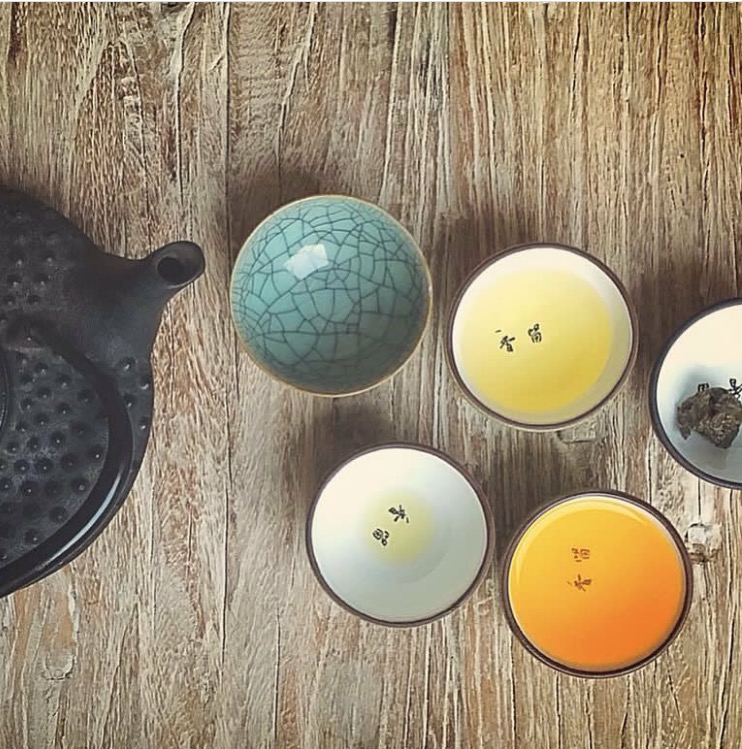The ancient practice of Ayurveda is becoming increasingly popular in the West to restore balance and harmony to one’s life. If you are considering an Ayurvedic cleanse this spring, then you know that it is important to take into consideration your constitution and current state of balance, strength, age, environment, and season. While there are many different ways to go about the process, figuring out what option is best for you can be overwhelming. Thankfully, there are now customized cleanses available that make the process easier!
What Does Periodic Cleansing Entail?
Periodic cleansing is an important part of an Ayurvedic lifestyle and involves removing toxins from the body through both internal and external methods. It may include using herbs or dietary changes to remove toxins from the digestive system or nourish the organs; it may also involve detoxification therapies such as sauna, massage therapy with oil or steam baths primarily used as a part of Panchakarma (the Ayurvedic science of detoxification and rejuvenation). Additionally, periodic cleansing can also involve practices like yoga and meditation which help reduce stress and promote relaxation.
The specific approach should always take into consideration one’s constitution (or dosha), the current state of balance (or vikruti), strength (or ojas), age (or vaya), as well as environmental influences and seasonal changes. With all these components in mind, periodic cleansing can be tailored to best suit your individual needs.
Why is a Custom Cleanse Important?
Customized cleanses provide a variety of benefits including increased energy levels, improved digestion and elimination systems, balanced hormones, improved mental clarity and focus, improved skin health, weight loss if desired, and better sleep patterns. All of these benefits come from having an individualized program designed for you that takes into account your unique body type and individual needs.
The first step before starting any cleanse is always consulting with a qualified health care provider or Ayurvedic practitioner who can help determine what type of cleanse is right for you based on your constitution and current state of balance as well as environmental and seasonal influences. It is also important to assess whether or not this specific cleanse will be safe for you based on any pre-existing conditions or medications that you might be taking. Additionally, it’s important to consider your lifestyle when choosing a cleanse; if time constraints are present then it may be wise to look at shorter programs or ones with less intensity or depth.
Our Offerings
Formulated for 21 days, our custom cleanse offers internal herbal supplements designed to support digestion while eliminating toxins from the body naturally; external cleansing products that help with skin rejuvenation; access to our online library that includes daily yoga videos specifically designed for each dosha; guided meditation recordings for calming the mind; meal plans incorporating traditional Ayurvedic recipes to nourish the body; lifestyle advice on how to make permanent changes for ongoing health benefits; and additional support documents for a fully integrated at-home cleanse experience.
At its core, periodic cleansing is about balance – physically as well as mentally – through tailoring treatments that are unique and appropriate for each individual person’s needs. Our 21-day custom cleanse offers you a comprehensive package so you can experience an effective ayurvedic cleanse in the comfort of your own home. Take this opportunity to start your journey towards maintaining good health today!
Disclaimer
The sole purpose of these articles is to provide information about the tradition of Ayurveda. This information is not intended for use in the diagnosis, treatment, cure or prevention of any disease.















